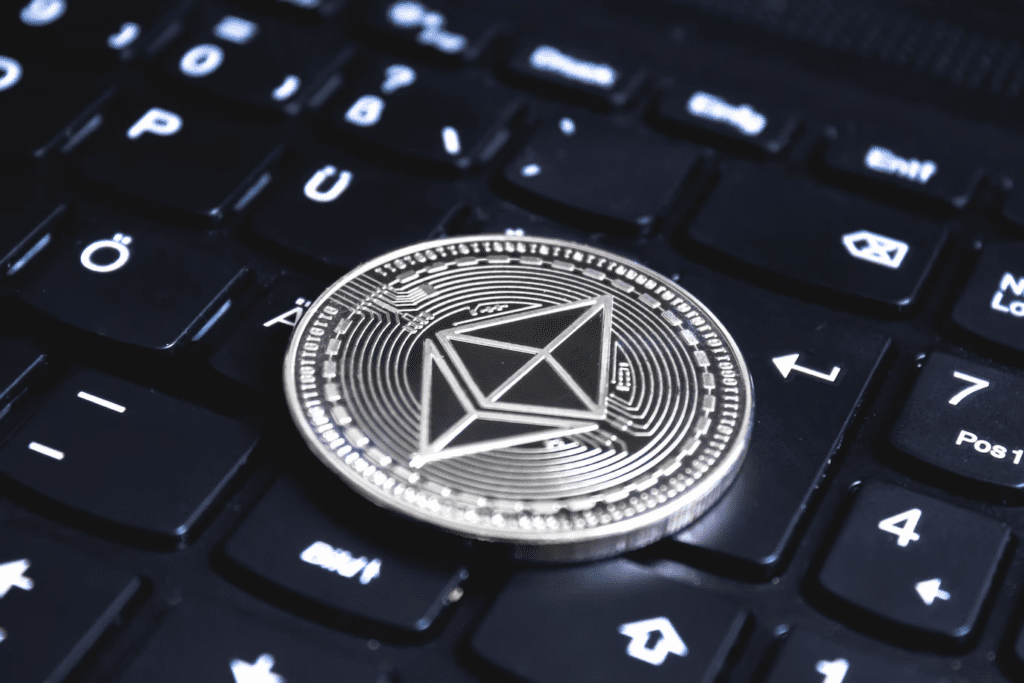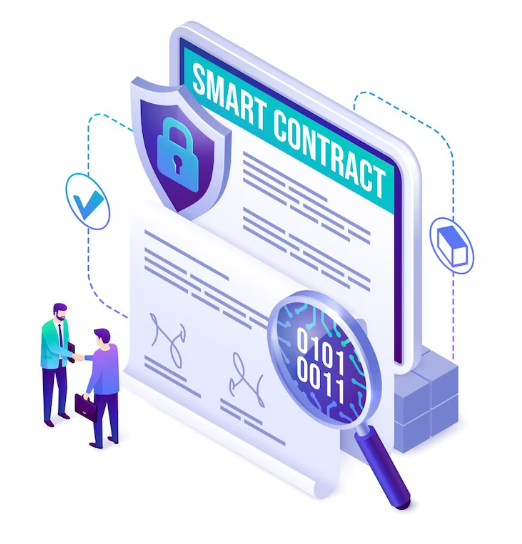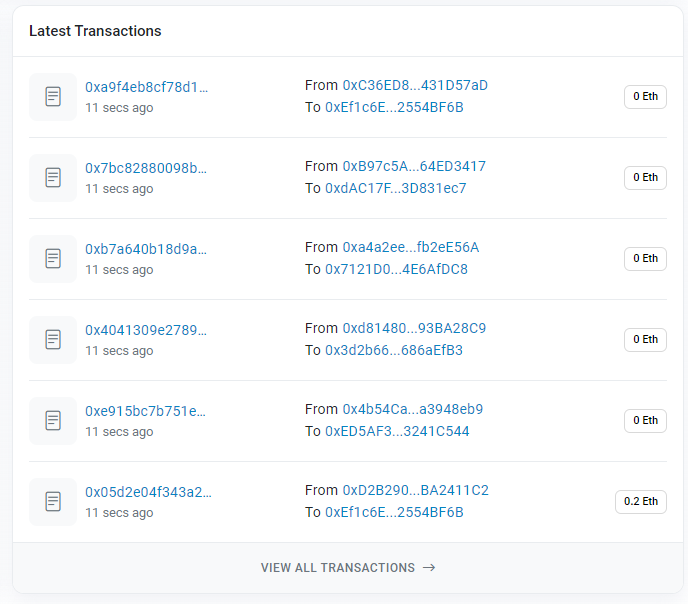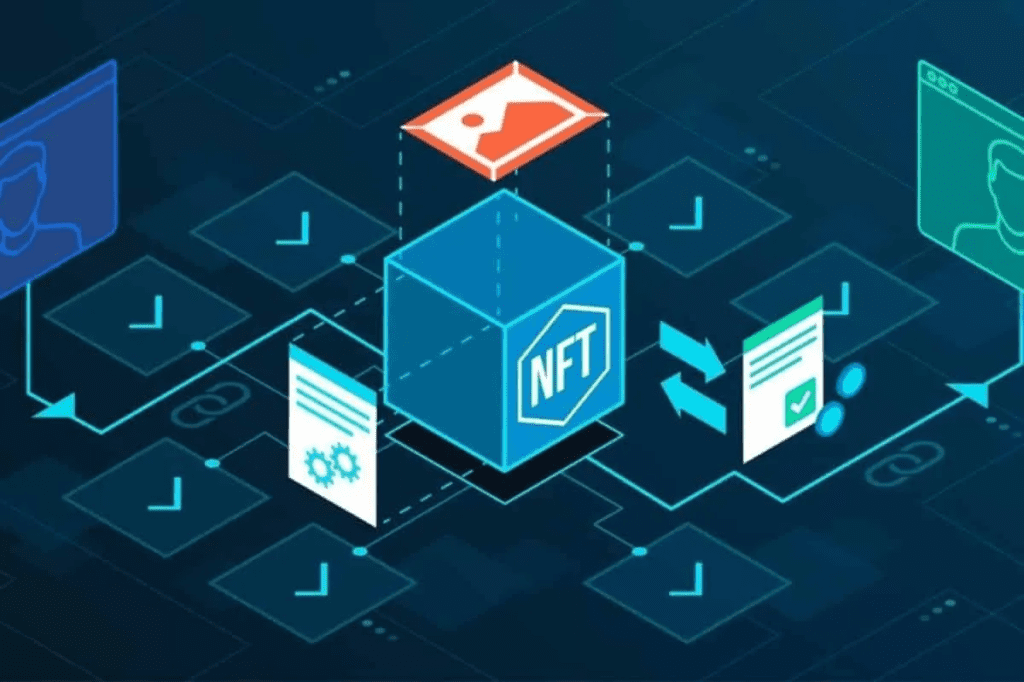As the popularity of NFTs (non-fungible tokens) continues to grow, many people are becoming interested in how to read NFT smart contracts. Smart contracts are self-executing contracts with the terms of the agreement between buyer and seller being directly written into lines of code. In this article, we will explain the basics of how to read an NFT smart contracts in a step-by-step guide, so you can better understand the rules and processes governing these digital assets.
What Is a Smart Contract?
A smart contract is a self-executing contract that runs on a blockchain network. It is a piece of code that defines the terms and conditions between two or more parties. Smart contracts are stored on the blockchain network and are tamper-proof, transparent, and efficient. They can enforce the rules of an agreement automatically, without the need for intermediaries or third parties.
NFTs and Smart Contracts
NFTs are digital assets that represent ownership of a unique item or piece of content, such as artwork, music, or video. Each NFT is stored on a blockchain network, and its ownership is recorded on a smart contract. NFT smart contracts define the rules and terms of ownership and transfer of the NFT.

How Does an NFT Smart Contract Work?
An NFT smart contract is a set of instructions or code that defines the rules and processes for creating, owning, transferring, and interacting with an NFT. The smart contract is stored on the Ethereum blockchain, which is a decentralized and distributed ledger that records all transactions and changes to the contract’s state.
Tokens
When an NFT is created, a smart contract is executed to create a new token on the blockchain. The smart contract contains all the necessary information about the token, such as its name, symbol, and total supply. Each token is assigned a unique identifier called a token ID, which distinguishes it from all other tokens on the blockchain.
Ownership
The smart contract also defines the ownership of the token. When a user buys an NFT, the ownership of the token is transferred from the current owner to the new owner on the blockchain. This transfer of ownership is recorded in the smart contract’s state, which is stored on the Ethereum blockchain.
Transference
NFT smart contracts also define the rules for transferring tokens between individual wallets. When a user wants to transfer an NFT to another user, they must initiate a transaction that executes the transfer function defined in the smart contract. This transaction contains information such as the sender’s wallet address, the recipient’s wallet address, and the token ID being transferred. The transaction is validated and recorded on the Ethereum blockchain, and the ownership of the token is transferred to the new owner.
Functions
Additionally, NFT smart contracts can define functions or methods that allow users to interact with the token in different ways. For example, a smart contract may define a function for “minting” new tokens, which allows the creator of the NFT to add new tokens to the total supply. The smart contract may also define functions for “burning” tokens, which allows owners to destroy or remove tokens from the total supply.
In summary, an NFT smart contract is a set of instructions that govern the creation, ownership, transfer, and interaction with an NFT on the Ethereum blockchain. Smart contracts define the rules and processes for NFTs, and allow users to interact with the token in various ways, such as transferring ownership or minting new tokens. By using smart contracts, NFTs can be securely stored and transferred on the blockchain, providing a transparent and efficient way to manage ownership and royalties for digital assets.

How Ethereum Smart Contracts Power NFT Transactions
Ethereum smart contracts play a crucial role in enabling secure and transparent transactions between buyers and sellers. When a transaction occurs, a unique transaction hash is generated, which serves as a record of the transaction on the Ethereum Blockchain. This transaction hash can be used to track the details, including the amount of the transaction, the parties involved, and the smart contract address used.
To initiate a transaction, users must first write contract, which is essentially a set of rules and conditions that govern the transaction. Once the contract is written and deployed to the blockchain, a unique contract address link is generated, which serves as the identifier for the contract. This link can be shared with others to allow them to access the contract and participate in the transaction.
It’s important to note that transactions on the Ethereum network are not free. Each transaction incurs transaction fees, which is paid in Ether and varies based on the current market conditions and network congestion. These fees can add up quickly, especially for larger transactions, so it’s important to factor in the transaction fees when planning and executing NFT transactions.

Step-by-Step Guide to Reading a NFT Smart Contract
Basic understanding of smart contracts is essential for anyone looking to buy, sell, or create NFTs. In this step-by-step guide, we’ll walk you through how to read a NFT smart contract, so you can confidently participate in the exciting world of NFTs on the Ethereum blockchain.
Find the NFT Project’s Contract Address
The first step to reading a NFT smart contract is to find the contract address of the NFT project. This is the unique address on the Ethereum blockchain that represents the NFT smart contract. You can find the contract address on the project’s website or social profiles. Alternatively, you can search for the project’s name on a search engine or blockchain explorer and look for the contract address.
Access the Contract Page on Etherscan.IO
Once you have the contract address, go to etherscan.io web page, a popular block explorer for the Ethereum network. In the search field enter the contract address and press enter. This will take you to the overview page of the NFT smart contract, which you can check all the transactions of a particular NFT.

Check the Contract Tab for General Information
On the overview page on etherscan, click on the contract tab to view general information about the NFT smart contract. This includes the recent transaction, contract code, total supply, token tracker link, and other contract details. It’s important to verify that the contracts are verified contracts, which means it has been audited and approved by a third-party developer.

Check the Transactions Tab for Transaction History
Next, click on the transactions tab to view the transaction history of the NFT smart contract. This includes all the transaction details that have occurred on the smart contract, including internal transactions and token transfers. You can also check the transaction fee and gas fees for each transaction, as well as the transaction status.

Check the Analytics Tab for Insights Into the NFT Project
Finally, click on the analytics tab to view insights into the NFT project. This includes a pie chart of the token holders and users, as well as information on the most recent transactions and total value of the tokens. You can also view the token transfers and balances of individual wallets.

Understanding the Smart Contract Code
The smart contract code is the heart of the NFT smart contract. It defines the functions and methods that govern the ownership and transfer of the NFT. Here’s a brief overview of the code:
Ownership: The code defines who owns the NFT and who has the right to transfer it.
Transfer: The code defines how the NFT can be transferred, including the cost and details of the transfer.
Mint: The code defines how new NFTs can be minted or created.
Burn: The code defines how NFTs can be burned or destroyed.
To understand the code in more detail, you may need to consult a developer or use tools that can analyze the code.

Benefits of Smart Contracts for NFTs
Smart Contracts provide numerous benefits to NFT projects. First and foremost, they ensure that all parties involved in a transaction can trust that the terms of the contract will be enforced. Smart contracts are tamper-proof and transparent, which means that the terms of the contract cannot be changed after they have been agreed upon. This makes smart contracts an efficient way to ensure that NFTs are distributed fairly and according to the rules of the project.
Tracking Onwership and Transfers
Additionally, smart contracts make it easy to track NFT ownership and transfers. By recording all transactions on the blockchain, smart contracts create an unalterable record of who owns each NFT and when it was transferred. This ensures that ownership is transparent and easily verifiable, which can be important for NFT projects that rely on trust and reputation.
Program Functions
Smart Contracts can also make it possible to program certain functions into NFTs, such as royalties and distribution. For example, a smart contract could be programmed to automatically distribute a percentage of the sale price of an NFT to the artist who created it. This can make it easier for NFT creators to earn a living from their work and can help to incentivize the creation of high-quality NFTs.
Create Enforceable Agreements
Overall, smart contracts provide a secure and efficient way to create enforceable agreements in the world of NFTs. They ensure that all parties involved in a transaction can trust that the terms of the contract will be upheld and provide an unalterable record of ownership and transfers. By leveraging the power of the blockchain, smart contracts make it possible to program certain functions into NFTs and provide greater transparency and trust in the NFT ecosystem.
Conclusion
Smart contracts are an important component of NFT transactions as they provide a secure and transparent way to execute transactions between buyers and sellers. By using smart contracts, transactions are automatically executed and recorded on the Ethereum blockchain providing a tramper-proof and efficient way to transfer ownership of NFTs.
While the technical aspects of NFT transactions can seem daunting, there are many resources available to help users navigate the process, including block explorers, contract pages, and online communities. By taking time to learn about the various components of NFT transactions and the tools available, anyone can participate in this exciting and innovative market. Whether you’re a developer, artist, or collector, the world of NFTs offers endless opportunities for creativity, investment, and growth.